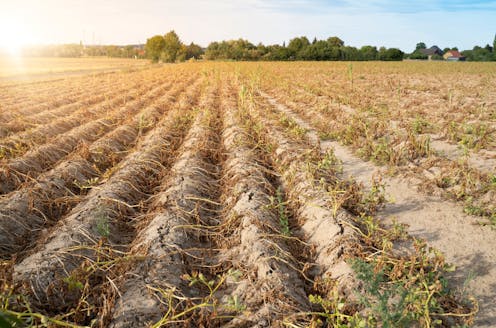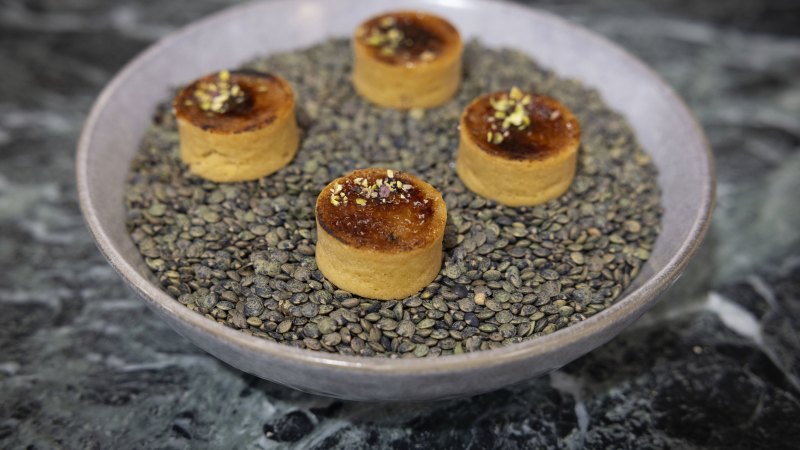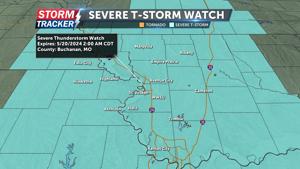
Australia’s vital agriculture sector will be hit hard by steadily rising global temperatures. Our climate is already prone to droughts and floods. Climate change is expected to supercharge this, causing sudden flash droughts, changing rainfall patterns and intense flooding rains.
Farm profits fell 23% in the 20 years to 2020, and the trend is expected to continue. Unchecked, climate change will make it harder to produce food on a large scale. We get over 40% of our calories from just three plants: wheat, rice and corn.

Climate change poses very real risks to these plants, with recent research suggesting the potential for synchronised crop failures . While we have long modified our crops to repel pests or increase yields, until now, no commercial crop has been designed to tolerate heat. We are working on this problem by trying to make soybean plants able to tolerate the extreme weather of a hotter world.
By 2050, food production must increase by 60% in order to feed the 9.8 billion people projected to be on the planet, according to UN Food and Agriculture Organization estimates . Every 1°C increase in temperature during cropping seasons is linked to a 10% drop in rice yield.
A temperature rise of 1°C could lead to a 6.4% drop in wheat yields worldwide. That’s as if we took a major crop exporter like Ukraine (6% of traded crops before the war) out of the equation.
Plants, unlike animals, cannot seek refuge from heat. The only solution is to make them better able to tolera.















